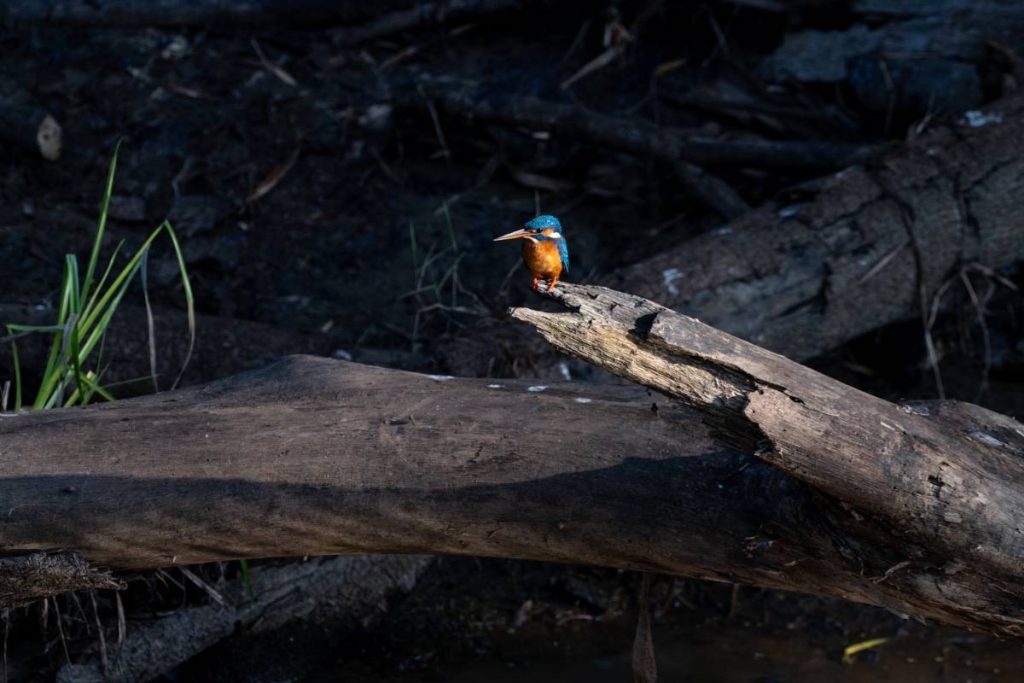Kingfishers are colorful, small to medium-sized birds found worldwide. They have sharp bills and eat invertebrates or fish. They nest in holes or tunnels, often near water or in termite nests, with both sexes helping to dig.
Kingfishers belong to the Coraciiformes order and are small to medium-sized, colorful birds in the Alcedinidae family.The majority of kingfisher species live in the tropical regions of Africa, Asia, and Oceania. However, they also inhabit Europe and the Americas, showcasing their worldwide range. Deep woodlands next to serene ponds and little rivers are home to them.

Still Majesty Perched perfectly.
All kingfishers share characteristics such as large heads, long, pointed, sharp bills, small legs, and stubby tails. Additionally, most species have colorful plumage with minimal differences between sexes. Moreover, while a small majority are exclusive to forests, the majority thrive in tropical regions. They eat a variety of prey that is typically captured by swooping down from a perch.

Still Vigil The common kingfisher scans its environment carefully.
Many species of kingfishers live far from water and consume small invertebrates, despite the common belief that they dwell near rivers and consume fish. The majority of kingfisher species build their nests in holes dug in the ground, and they are cavity nesters as well as tree nesters. These holes typically form along the borders of lakes, rivers, or artificial ditches.

Thoughtful Stare With sharp eyes, the kingfisher observes keenly.
Certain species may build their nests in termite mounds, tree cavities, or soil clinging to uprooted tree roots. In particular, forest species often use termite nests. Additionally, the nests, located at the end of a tunnel, resemble small chambers. Furthermore, both sexes share the responsibility of digging the nests.

Perched beauty a white throated kingfisher is scanning the forest.
The bird may fly at the selected location with significant power during the initial excavations, and birds have fatally damaged themselves in the process. Forest species frequently have these termite nests. The nests are located at the end of a tunnel and resemble a little chamber.
Copyrights : All the photos and texts in this post are the copyright of John Thomas and Creative Hut Institute of Photography and Film. Their reproduction, full or part, is forbidden without the explicit approval of the right owners.


